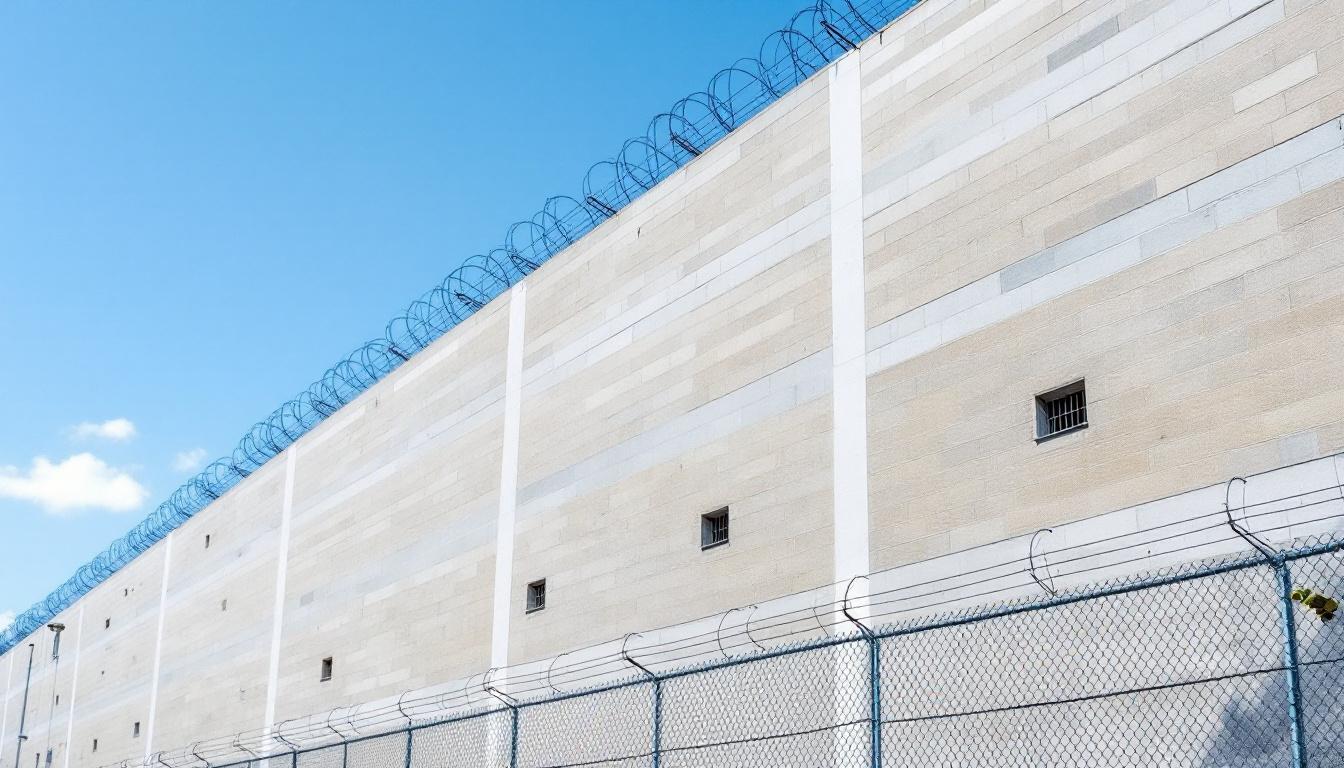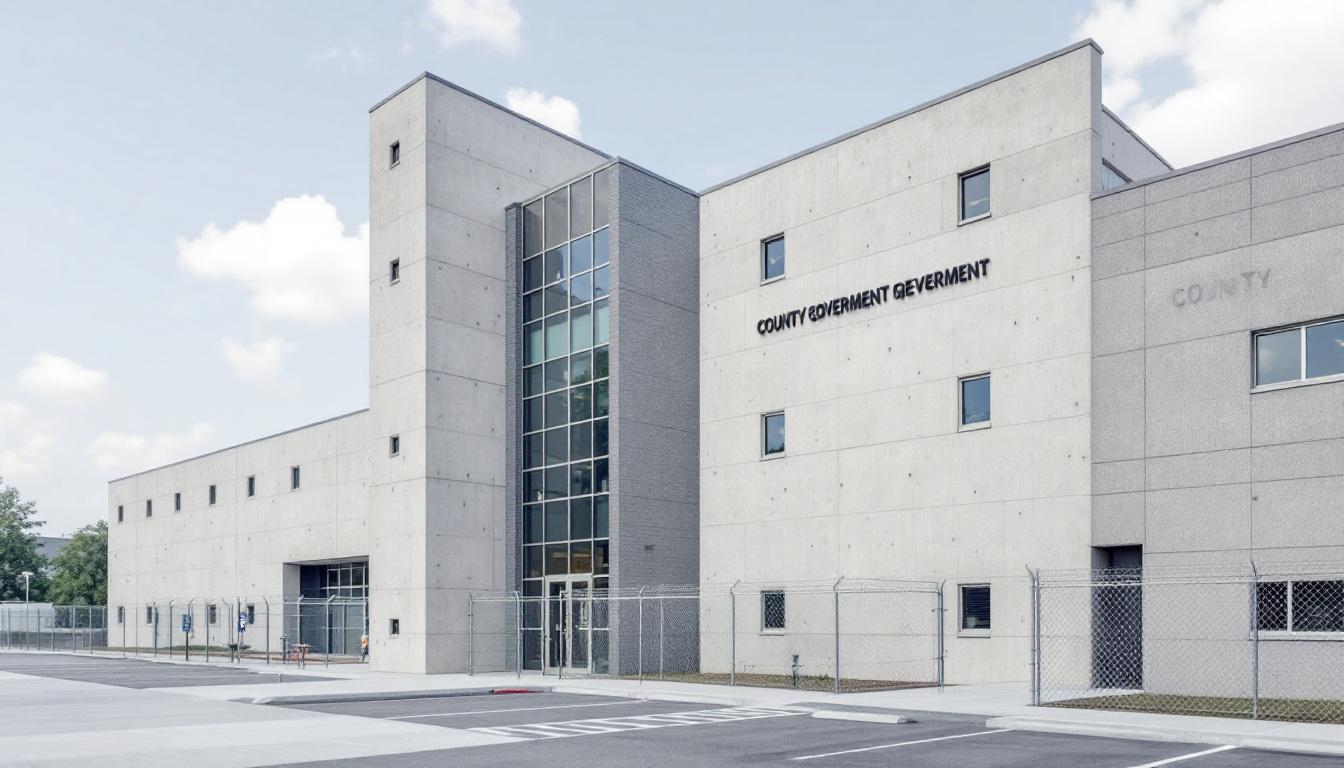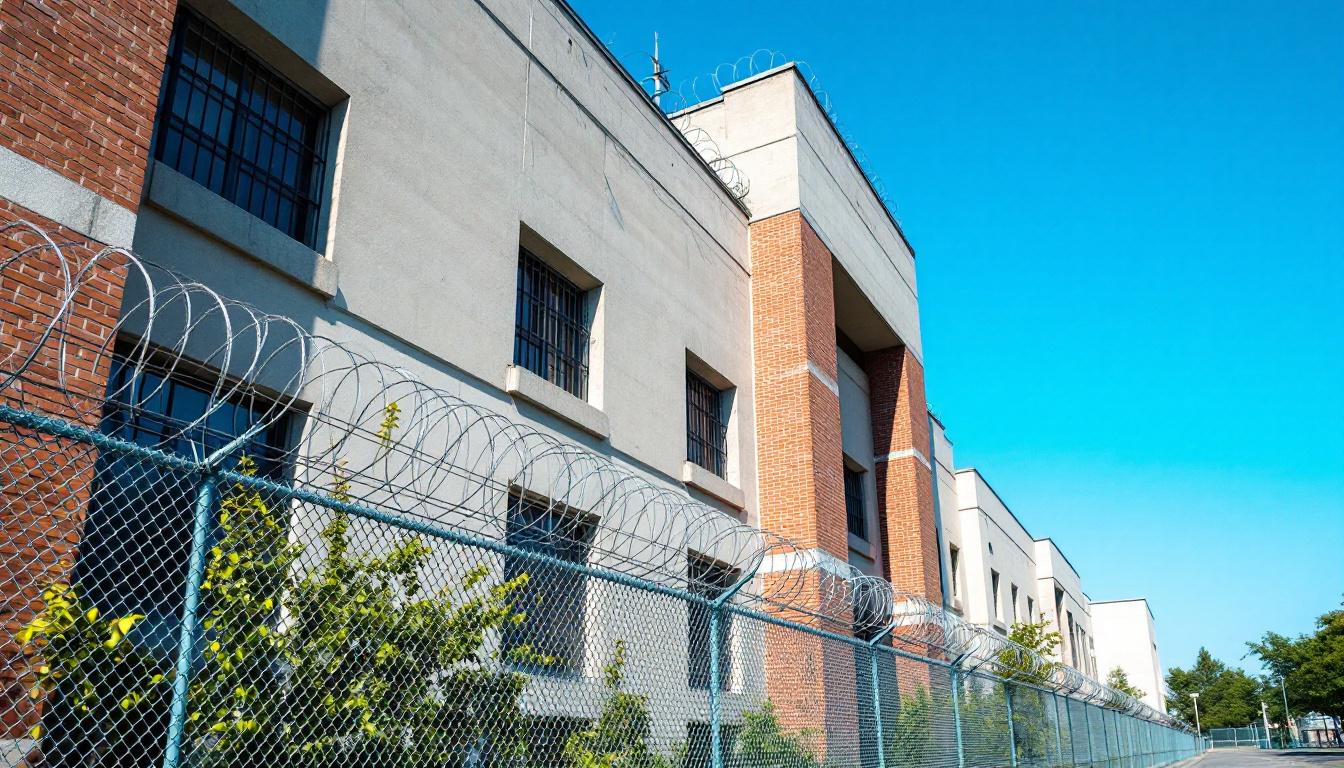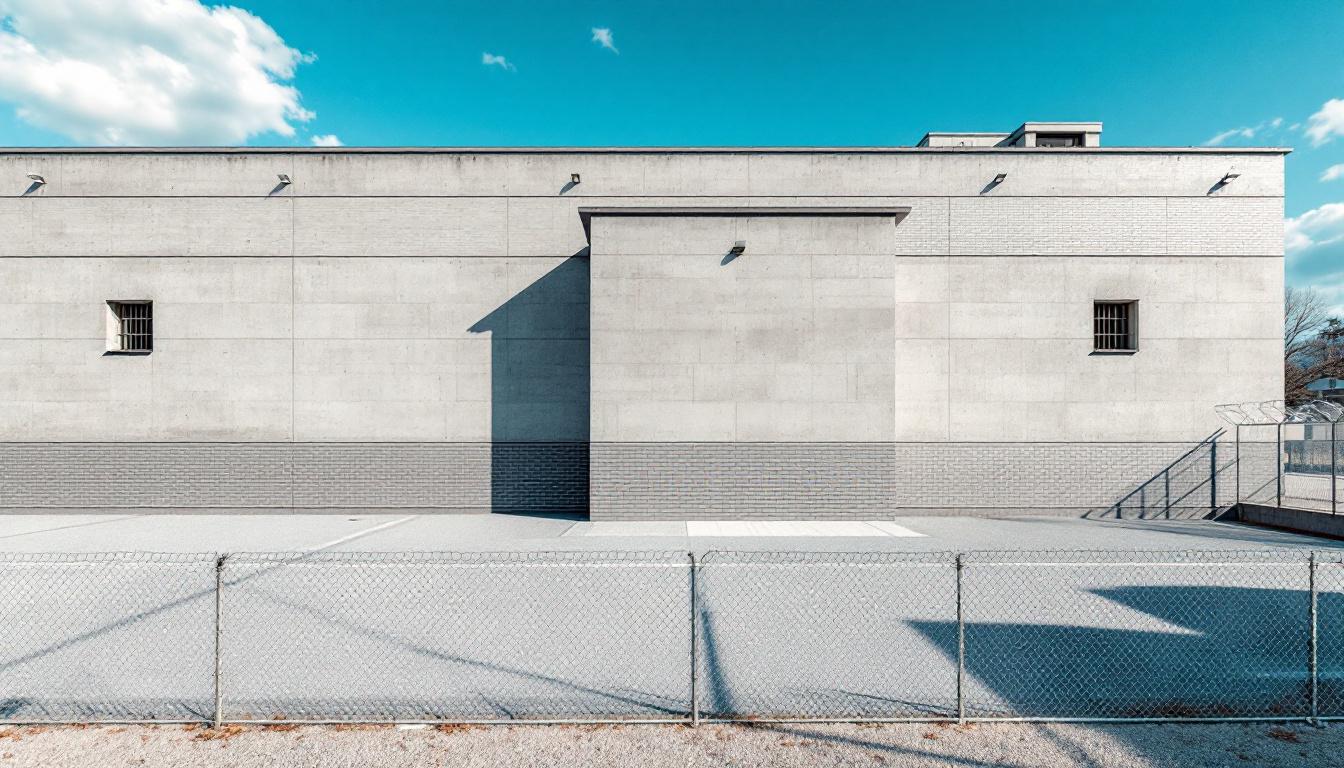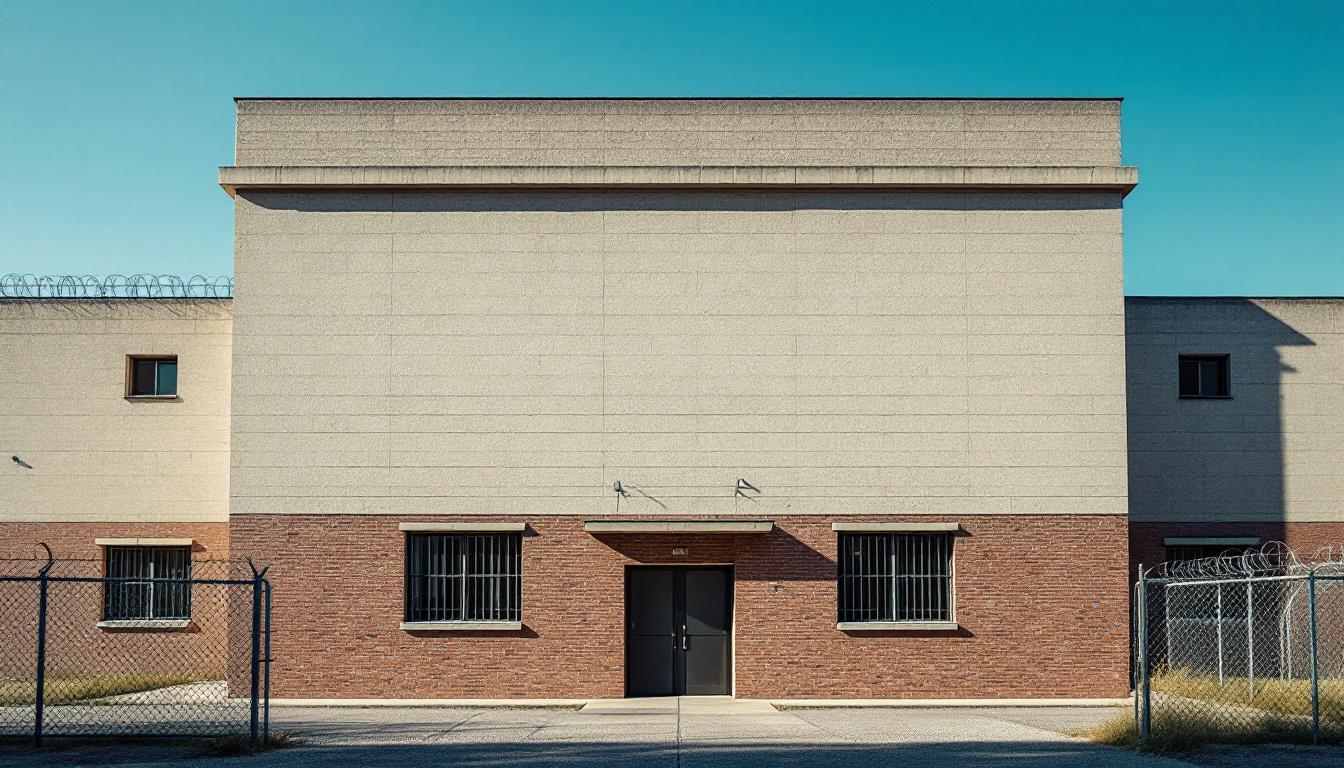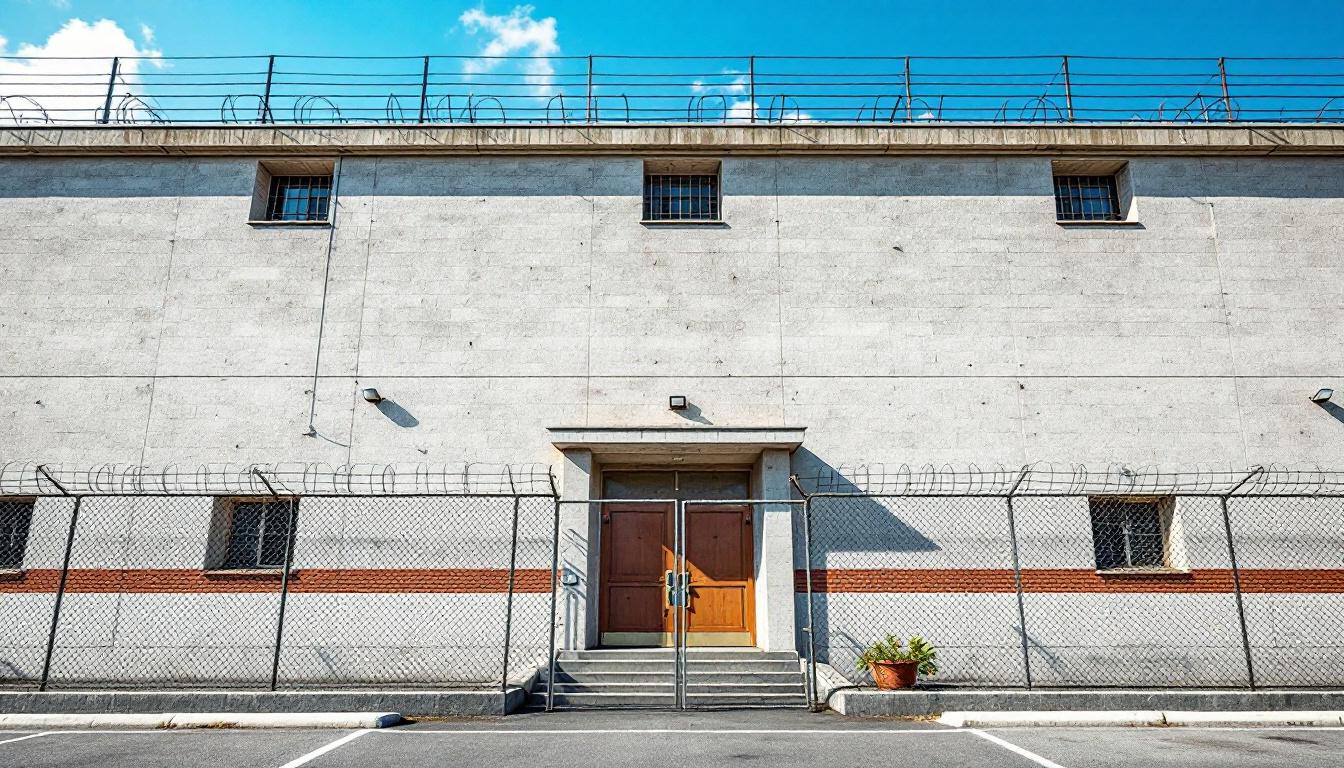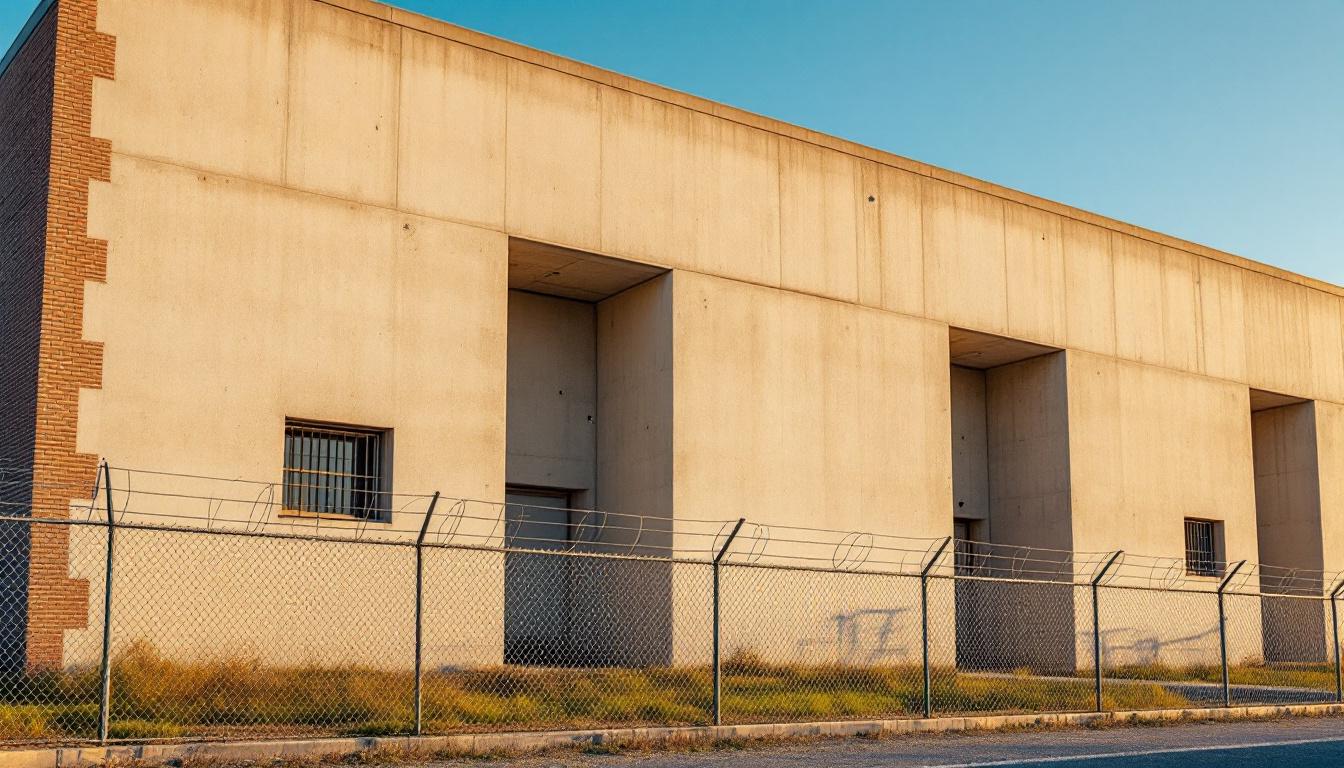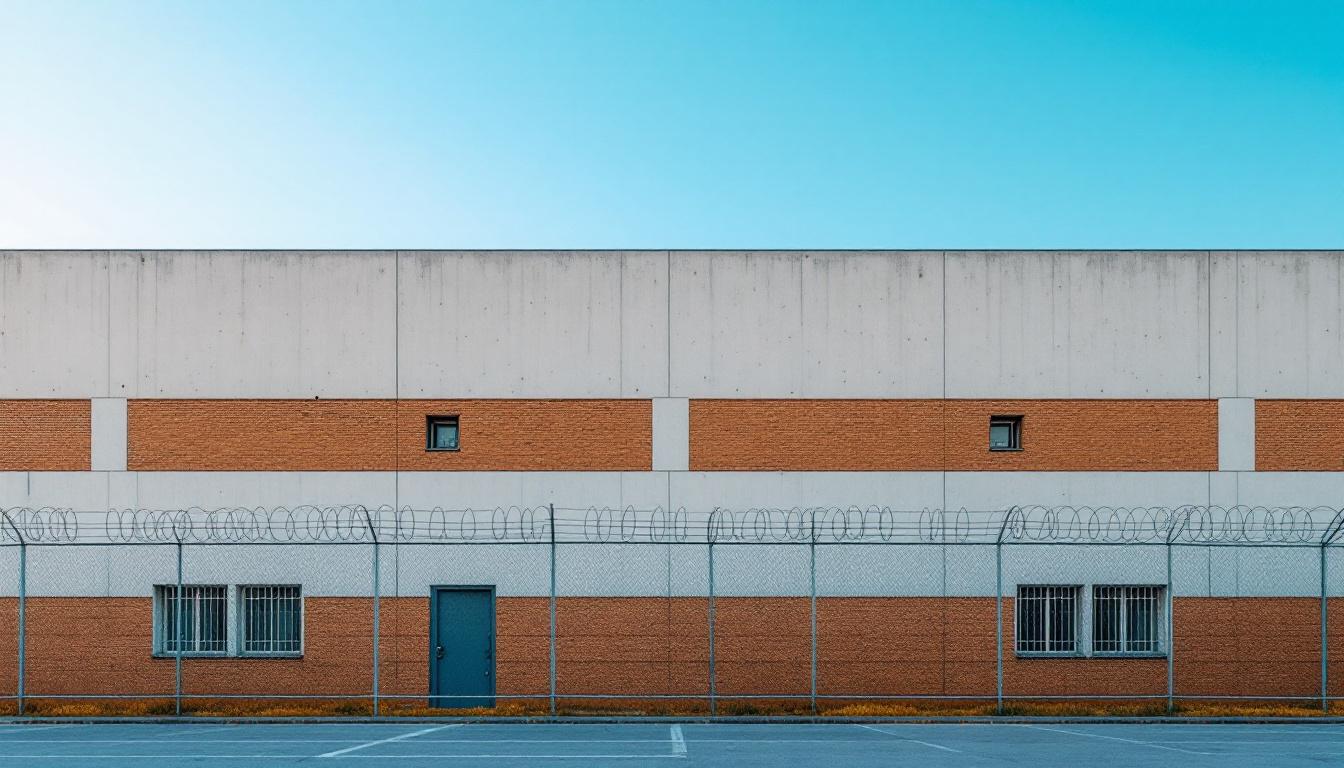
Quick Navigation
How to contact an inmate at Cameron County Detention Center
This comprehensive guide will walk you through how to connect with an inmate at Cameron County Detention Center. Follow the steps below to find an inmate and send letters and photos:
- Search for the inmate using our search tool below
- Create your account or log in to Penmate
- Write your message (up to 6,000 characters)
- Send instantly - inmates receive printed copies daily
Find an Inmate
Search for an inmate to start communicating today
Tip: You can search by first name, last name, or inmate ID number
To contact a person at Cameron County Detention Center start by searching for the person on the official facility website. Perform a search by following these steps:
- Step 1: Enter their first name and last name into the search form and click "Search"
- Step 2: Locate their inmate record
- Step 3: Write down their Inmate ID and any housing information provided
Important! Be sure to enter the person's full name. Nicknames should not be used.
How to Send Messages to Inmates

You can use your phone or computer to send emails, letters, and photos to an inmate. Messages are sent electronically to inmate tablets or kiosks at the facility. If you would like to send a message, start by searching for an inmate at Cameron County Detention Center.
Sending Photos and Postcards

A great way to send love and support to a loved one at Cameron County Detention Center is to send photos and postcards. It only takes a few minutes to send photos from your phone and it makes a huge difference. You can also mail postcards with words of support and inspiration, or design your own postcard for special moments like birthdays and holidays.
Important! Be sure not to send any explicit photos or they may not be approved by the facility. You can also use a photo printing app like Penmate to make sure your photos are printed at the correct size (4x6 or 3x5) and are mailed according to the rules and regulations of Cameron County Detention Center.
Frequently asked questions about Cameron County Detention Center
-
How long does it take to deliver a message?
If you're sending an email message your letter is usually delivered within 24-48 hours. For messages sent via mail you should expect delivery within 3-7 days. All messages will need be approved by Cameron County Detention Center.
-
How much does it cost to send a message to Cameron County Detention Center?
You can send a message free using your phone or mail a message via USPS for the price of a $0.60 stamp and envelope. You can also purchase credits or e-stamps from services starting at $1.99.
-
What services can I use to contact an inmate at Cameron County Detention Center?
Penmate
You can use Penmate to send letters and photos to an inmate from your phone. It's an easy way to stay in touch during your loved one's incarceration. Use the inmate locator to find an inmate's location and contact information, then you can send messages within a few minutes.
Securus messaging
Securus may be another option for communicating with an inmate at Cameron County Detention Center. You can create a friends and family account and purchase credits to send messages. All messages will be reviewed and must be approved by the facility.
JPay
Some county jails and state prisons may support sending messages with JPay. You must register an account with the system, find your loved one, and purchase stamps to send messages. For some locations you can also attach photos.
Smart Jail Mail
You may also check if Smart Jail Mail is available at Cameron County Detention Center. Smart Jail Mail is operated by Smart Communications and has contracted with some state and county jails. After purchasing credits, your messages and photos are sent to the facility, printed out, and then handed out to your loved one.
-
What is the mailing address of Cameron County Detention Center?
Mailing address:
Cameron County Detention Center
7100 Old Alice Rd
Olmito, TX 78575
Phone: (956) 554-6701 -
What are the visiting hours at Cameron County Detention Center?
Visiting hours at Cameron County Detention Center vary by housing unit and security level. Generally, visits are scheduled on weekends and holidays, with some facilities offering weekday visits. Contact the facility directly at (956) 554-6701 or check their website for the current visiting schedule. Visits typically last 30-60 minutes and must be scheduled in advance.
-
What items are prohibited when sending mail to Cameron County Detention Center?
Prohibited items typically include: cash, personal checks, stamps, stickers, glitter, glue, tape, staples, paperclips, polaroid photos, musical or blank greeting cards, hardcover books, magazines with staples, and any items containing metal or electronics. Only send letters on plain white paper with blue or black ink. Photos must be printed on regular photo paper (no Polaroids). Always check with Cameron County Detention Center for their specific mail policies.
-
How do I send money to an inmate at Cameron County Detention Center?
You can send money to an inmate at Cameron County Detention Center through several methods: 1) Online using JPay, Access Corrections, or the facility's approved vendor, 2) Money orders mailed directly to the facility with the inmate's name and ID number, 3) Kiosks located in the facility lobby, or 4) Over the phone using a credit or debit card. Fees vary by method, typically ranging from $2.95 to $11.95 per transaction.
-
Can I schedule a video visit with an inmate at Cameron County Detention Center?
Many facilities now offer video visitation as an alternative to in-person visits. At Cameron County Detention Center, video visits may be available through services like Penmate, Securus Video Connect, GTL, or ICSolutions. Video visits typically cost $10-20 for 20-30 minutes and must be scheduled in advance. You'll need a computer or smartphone with a camera and reliable internet connection. Contact the facility for their specific video visitation policies and approved vendors.
-
What identification do I need to visit an inmate at Cameron County Detention Center?
All visitors must present valid government-issued photo identification such as a driver's license, state ID, passport, or military ID. Minors must be accompanied by a parent or legal guardian who can provide the minor's birth certificate. Some facilities require visitors to be on the inmate's approved visitation list, which may require a background check. Contact Cameron County Detention Center for specific ID requirements and visitor approval procedures.
-
How can I find out an inmate's release date?
To find an inmate's release date at Cameron County Detention Center, you can: 1) Use the online inmate search tool if available, 2) Call the facility's records department, 3) Contact the inmate's case manager or counselor, or 4) Have the inmate provide this information during a call or visit. For privacy reasons, some facilities only release this information to immediate family members.
Facility Overview
Contact Information
Cameron County Detention Center7100 Old Alice Rd
Olmito, TX 78575
Phone: (956) 554-6701
Official Website

About Cameron County Detention Center
Comprehensive support services and community-focused programming define the operational framework at Cameron County Jail, TX, where individuals receive access to resources designed to facilitate successful reintegration into the broader Brownsville community. This TX correctional facility typically offers educational opportunities, substance abuse counseling, and vocational training programs that align with regional workforce needs along the Texas-Mexico border. Mental health services and medical care generally form core components of the individuals services provided, while faith-based programming and family visitation support often help maintain crucial community connections during periods of incarceration.
Positioned strategically within South Texas's correctional network, the county jail serves as a vital component of Cameron County's justice system, processing individuals awaiting trial and those serving shorter sentences. The facility's location in Brownsville places it at the heart of a diverse, bilingual community where cultural sensitivity and language accessibility frequently influence service delivery approaches. Staff members typically work to address the unique challenges faced by individuals from various cultural backgrounds, while coordination with local courts, probation services, and community organizations may help streamline the transition process for those preparing to return to their families and neighborhoods.
Rehabilitation efforts generally emphasize practical skill development and personal growth opportunities that reflect the economic landscape of the Rio Grande Valley region. The facility may collaborate with local educational institutions and workforce development agencies to provide programming relevant to industries prominent in the Brownsville area, such as international trade, healthcare, and manufacturing. Through these community integration initiatives, Cameron County Jail often aims to reduce recidivism while supporting individuals in building foundations for productive citizenship upon their release.
Programs & Services
A wide spectrum of developmental opportunities typically supports individuals housed at Cameron County Jail as they work toward personal growth and future success. The facility's approach often emphasizes building practical skills alongside addressing underlying challenges that may have contributed to incarceration. These comprehensive offerings aim to provide individuals with tools and resources that extend well beyond their time in custody.
Educational opportunities may include computer literacy training that helps individuals develop essential digital skills for today's workforce. Literacy programs often support those seeking to improve their reading and writing abilities, while vocational training typically provides hands-on experience in various trades and technical fields. These educational initiatives generally focus on building marketable skills that can lead to employment opportunities upon release.
Furthermore, the facility often includes work programs that allow individuals to gain practical experience while contributing to facility operations. Faith-based initiatives and chaplaincy programs typically provide spiritual guidance and support for those seeking religious or moral development during their incarceration. These support services may offer counseling, group discussions, and individual mentoring to help individuals address personal challenges and develop positive coping strategies for their future.
Daily Life & Visitation

The sound of metal doors and institutional announcements marks the rhythm that currently governs life for individuals housed at Cameron County Jail. Daily routines typically begin early with headcounts and meal service, and the structured schedule continues throughout the day with designated times for various activities. Security procedures generally include regular inspections and movement protocols that individuals must follow when transitioning between different areas of the facility.
Living accommodations at the facility typically consist of dormitory-style housing units or individual cells, depending on classification levels and available space. Individuals usually share common areas within their housing units and may have access to basic amenities such as television viewing areas and telephone services. Personal property is generally limited to approved items, and individuals often rely on commissary services to purchase additional necessities and approved comfort items when funds are available.
Furthermore, the facility typically offers various programming opportunities that may include educational classes, religious services, and recreational activities during designated periods. Although visiting schedules are generally structured around specific days and times, family members can usually maintain contact through approved visitation sessions and telephone calls. Work assignments within the facility often provide individuals with daily structure and may include tasks such as food service, cleaning duties, or facility maintenance, helping to maintain operational needs while offering productive activities for those housed there.
Ready to Connect?
Start communicating with your loved one today
Search for an Inmate
